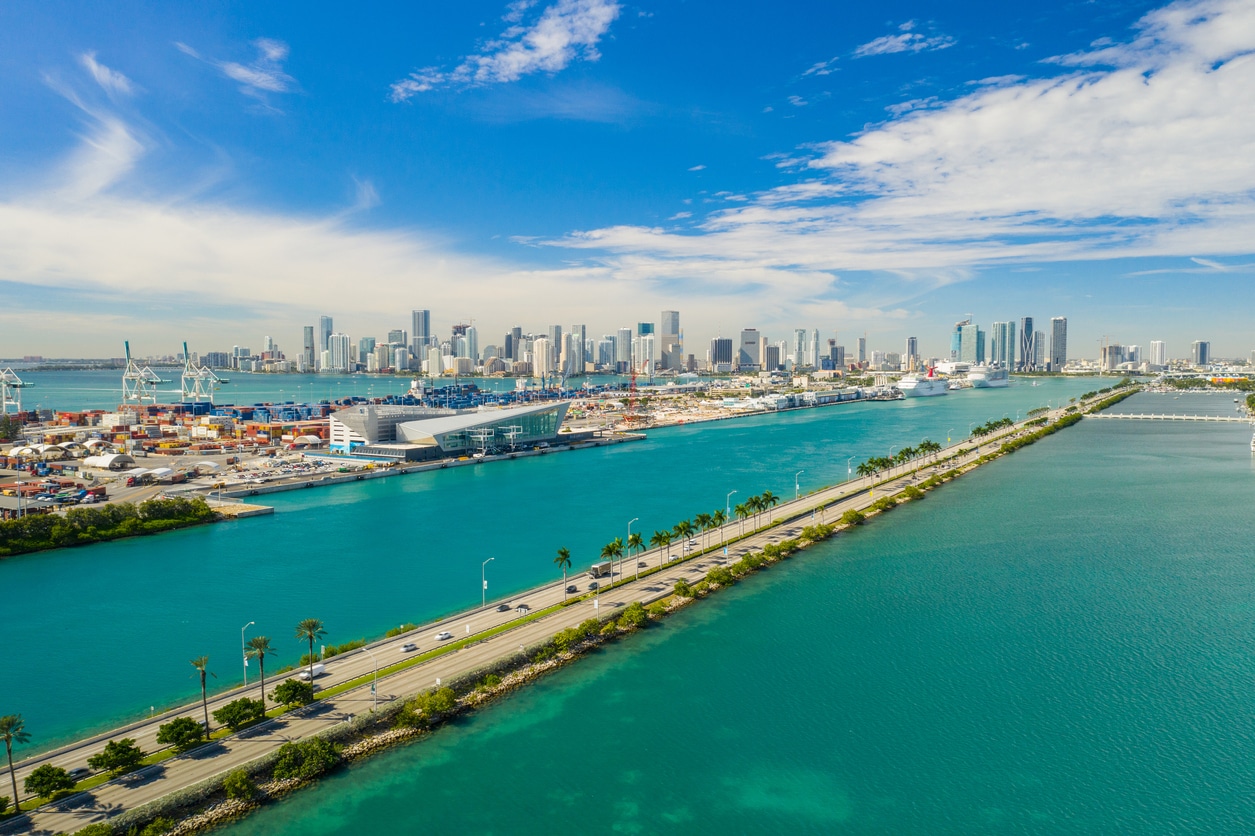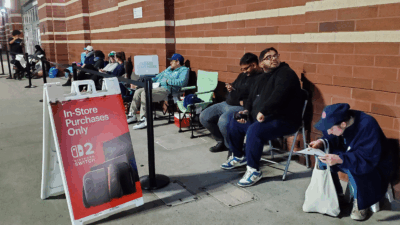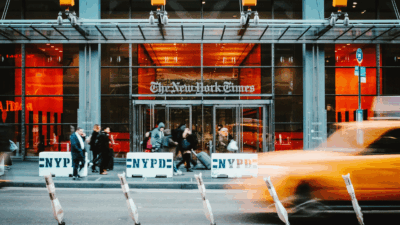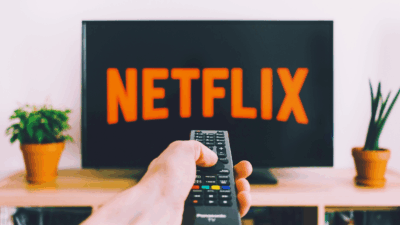Heading Into Miami Grand Prix Weekend, Formula One Looks like a Full-Fledged American Phenomenon

Sign up for smart news, insights, and analysis on the biggest financial stories of the day.
For much of its history, Formula One was seen as a posh foreign spectacle best left to Monaco and Milan — a bitter, upscale negroni to NASCAR’s light, hoppy lager.
This weekend, the open-wheel, single-seater racing series takes over Miami. Economic data suggests Formula One is on the cusp of becoming an American entertainment and economic juggernaut not far behind the Super Bowl.
At Least Someone’s Making Money From Netflix
Formula One, or F1, racing has undergone a radical reassessment in America for two reasons. First, in 2017, Colorado-based Liberty Media acquired a controlling stake in F1 for $4.4 billion. As owners of the Atlanta Braves, Liberty is firmly entrenched in the most American of pastimes. In F1, it could create another one. The new owners added more stateside races, called Grand Prix, to draw fans closer to home.
Then there’s the second reason F1 has blown up: Netflix. The streaming service may have a sputtering engine these days, but it can’t blame that on Formula 1: Drive to Survive. The latest season of the F1 documentary series drew 4 million viewers in its first weekend alone, making it one of the most popular streaming shows in existence. According to a Morning Consult survey, 74% of US F1 fans under 45 said Drive to Survive is what got them into the sport. Now, Miami is in for a boost:
- Organizers said some 300,000 people are expected to come to the city for the Miami Grand Prix, and the 85,000 capacity event is sold out (tickets have fetched as much as $32,000 on the secondary market). F1’s US Grand Prix drew 400,000 people to Austin last year, 70% of them first-timers.
- Super Bowl LIV had $572 million in estimated economic impact on Miami-Dade County, Broward County, and Palm Beach County, according to Miami Grand Prix organizers. This weekend’s F1 race is expected to generate about $400 million — not bad for a recent import from Europe. You can bet your Continental breakfast that local restaurateurs and hoteliers will be all too happy to hear those 140-decibel engines roar.
“The sport in North America is under-viewed, under-monetized, under-everything,” Greg Maffei, Liberty Media’s CEO told Bloomberg. Of F1’s $2.1 billion in revenue across 22 races last year, 40% came from promotions and sponsorships, which could become even more lucrative as the sport’s audience grows.
Stays in Vegas: In 2023, the US will host more F1 Grand Prix — three — than any other country. Joining Austin and Miami will be Las Vegas, where officials expect 170,000 visitors on race weekend, leading to 400,000 nights of hotel stays and a $500 million boost to the local economy.











